(CLO) Chinese leaders believe they must be a technological superpower to "enhance national competitiveness and respond to external risks."
Li Boyang, CEO and co-founder of EX-Robots, has created a humanoid robot called Yueqian that can serve as a household butler. Yueqian is modeled after a real teenager. "From young children to the elderly or young people living alone, everyone wants to have such a robot as a companion," Li said.
"Previously, our robots responded automatically based on different scenarios. This year, with the use of large (artificial intelligence) models, this type of response is no longer based on a fixed scenario but is more creative," Li added.
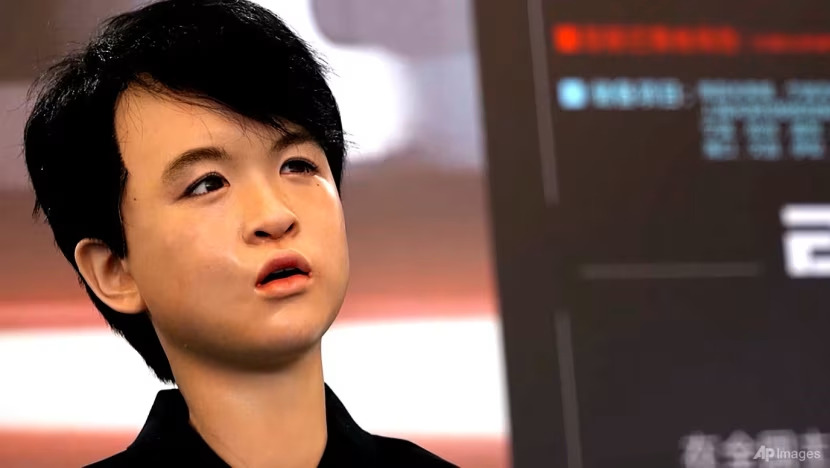
Yueqian, a humanoid robot. Photo: AP
Humanoid robots are part of China's plan to conquer future industries and turn the country into a global leader in science and technology.
The key word behind the plan is “new quality productive forces,” a term coined by Chinese President Xi Jinping last year as he called on the country to mobilize its forces to take the economy to new heights.
According to China's Ministry of Industry and Information Technology, in addition to humanoid robotics and AI, the new quality manufacturing force also includes areas such as biotechnology, quantum computing, nuclear energy, advanced semiconductors, and even resource exploration on the Moon and Mars.
Diversity of humanoid robots
In recent months, Chinese companies such as Huawei, EX-Robots, Unitree Robotics, and the Zhejiang Humanoid Robot Innovation Center have launched various versions of humanoid robots that can babysit children, chop carrots, play chess, chat, and, of course, work in factories.
Humanoid robots powered by AI, look and move like humans and can perform tasks just like humans, maybe even better.
Wang Wen, dean of the Chongyang Institute for Financial Studies at Renmin University, believes that this new branch of quality manufacturing has huge potential, especially as China's population ages and manufacturers face labor shortages.

Chinese teenager Yueqian (left) and a robot modeled after him. Photo: AP
“China’s robot industry has had double-digit growth in market share every year for the past 10 years. This has resulted in the robot industry in China doubling every three years,” the professor said.
“Robots can replace humans in neglected or high-risk manufacturing areas, such as in tasks related to firefighting, forest rescue (and) earthquake relief.”
"In some factories, there are only a few workers working (along with robots). But they still achieve output that previously required thousands, even tens of thousands of people."
These factories are “dark factories,” he added. “They don’t even need lights to operate.”
The Biotechnology Race
Another aspect of China's new quality manufacturing force that is getting attention is the biotechnology sector.
A decade ago, China focused on producing generic drugs. But in recent years, the country has begun to make international headlines with new drugs and biotech inventions.
The US and Europe are leading the way in this area so far. For example, Ozempic was the world's top weight-loss drug last year, with global sales of about $13.9 billion. Its manufacturer, Novo Nordisk, is Europe's most valuable company, with a current market capitalization of $446 billion.
China is also preparing to launch several drugs that compete with Ozempic in 2026. One of them is Mazdutide from Suzhou-based Innovent Biologics, which has already begun late-stage trials.

Chinese pharmaceutical manufacturers are gaining market share from Western manufacturers. Photo: CNA
In recent years, China has also released a list of cancer drugs, and many more are being researched with government support.
In Shanghai alone, there are five biotechnology research and transformation platforms. For example, the government-supported Shanghai Biomedical Development Center provides concept validation, pilot production, funding, and regulatory support to more than 100 companies annually.
The Chinese government also supports biotechnology development in cities such as Beijing, Suzhou, Hangzhou and Wuhan.
Western pharmaceutical companies are also not ignoring China’s technological development. This year, science and technology company Merck increased its investment in a collaboration center in Shanghai by 14 million euros to support new research facilities.
"China has many exciting innovations that can benefit patients globally. We have recently entered into major partnerships with Chinese biotech and biopharmaceutical companies. We will develop a number of innovations together with them," Merck said.
Ambitions in space
With its “Made in China 2025” industrial plan, China has emerged as a global leader in electric vehicles, solar power, and batteries. But its new plan for technological dominance has a much larger scope, extending far beyond planet Earth.
China has set out ambitions to become a global leader in space science in a range of research areas including black holes, Mars and Jupiter, and plans to build a research station on the Moon.
Scientists will "explore the habitability of celestial bodies in the solar system and exoplanets," according to a Chinese government press release last month.
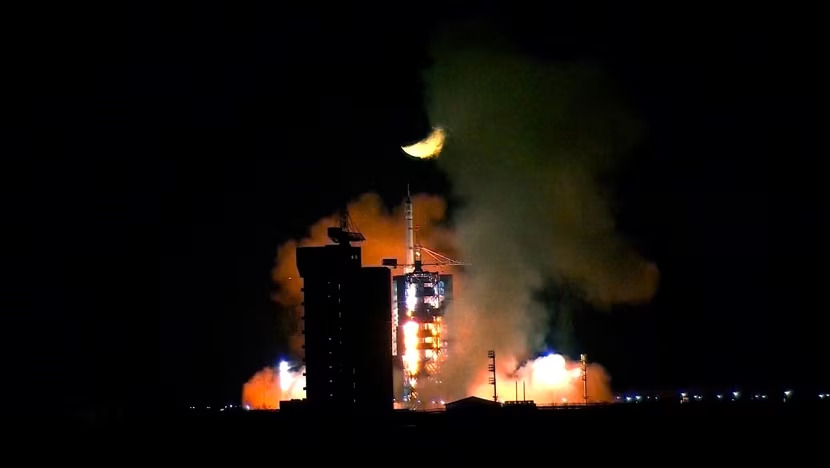
China launched the Shenzhou-15 manned spacecraft to the space station on November 29, 2022.
The first phase of that plan is already underway. After China collected soil from the Moon earlier this year, researchers at the Chinese Academy of Sciences have figured out how to extract water from the material.
"Basically, a concave mirror or Fresnel lens will be used to focus sunlight to heat the lunar soil to more than 1,500 degrees Celsius and melt it, which will generate a lot of water vapor," said scientist Wang Junqiang from the Ningbo Institute of Materials Technology and Engineering.
“We can collect the steam and use it as drinking water. We can also electrolyze water to get oxygen and hydrogen. We can use it to generate electricity in fuel cells.”
"In addition, heated lunar soil can produce iron as well as glass ceramics. Ceramics and steel are also essential building materials. So we can build houses on the Moon."
Despite some of the risks being warned about, Chinese leaders believe they must continue to “aim for the grand goal of building China into a leading country in science and technology,” as Xi Jinping called for in June.
Ngoc Anh (according to CNA)
Source: https://www.congluan.vn/robot-nhu-nguoi-that-cong-nghe-cua-trung-quoc-dang-vuot-ra-ngoai-khong-giant-post322388.html







![[Photo] Vietnam and Sri Lanka sign cooperation agreements in many important fields](https://vphoto.vietnam.vn/thumb/1200x675/vietnam/resource/IMAGE/2025/5/5/9d5c9d2cb45e413c91a4b4067947b8c8)
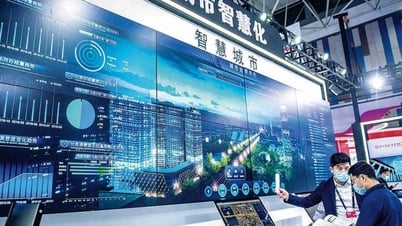








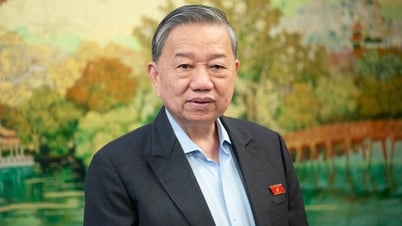















![[Photo] President Luong Cuong and Sri Lankan President Anura Kumara Dissanayaka visit President Ho Chi Minh relic site](https://vphoto.vietnam.vn/thumb/1200x675/vietnam/resource/IMAGE/2025/5/5/0ff75a6ffec545cf8f9538e2c1f7f87a)


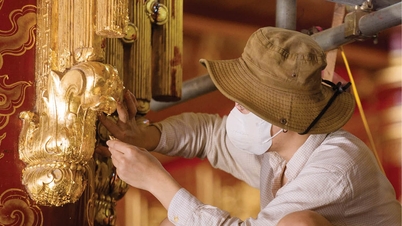





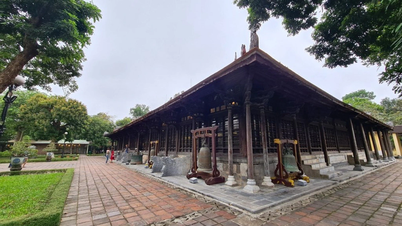


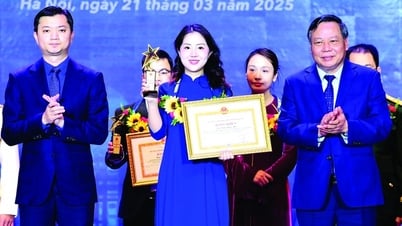

















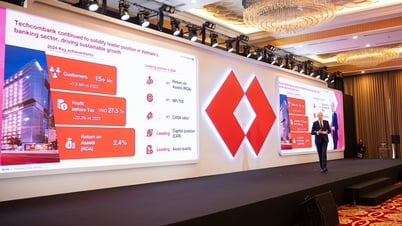
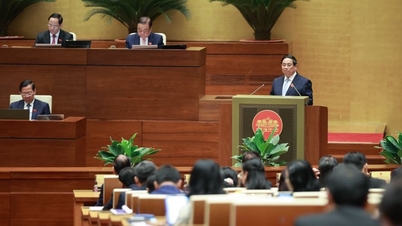


![[Photo] President Luong Cuong presided over the welcoming ceremony and held talks with Sri Lankan President Anura Kumara Dissanayaka](https://vphoto.vietnam.vn/thumb/402x226/vietnam/resource/IMAGE/2025/5/5/351b51d72a67458dbd73485caefb7dfb)

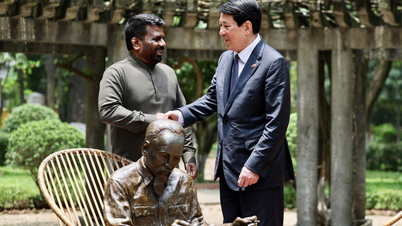
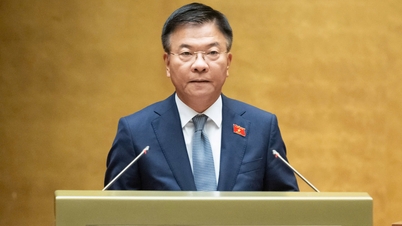































Comment (0)